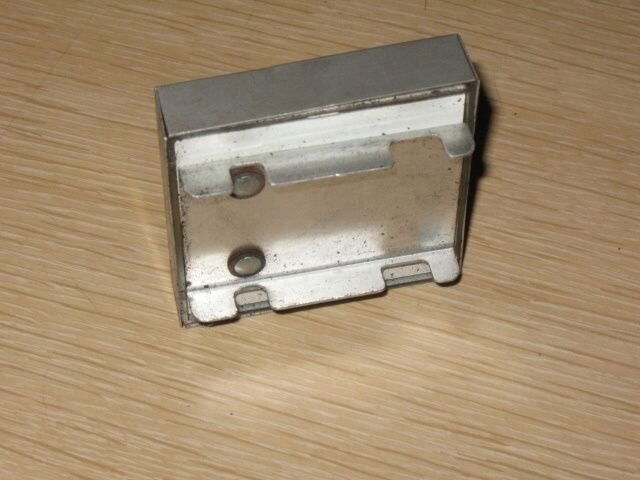The last couple days, it has seemed to me that my C-band wasn't quite as good as it had been even a week ago, but I figured that I still wasn't quite in alignment.
Well yesterday, I tuned in G28, and watched my NFL game on an S2 channel, so it wasn't working TOO terribly.
Today, I tried locking a channel on AMC-6 that I had tuned on Saturday, but I got absolutely NOTHING. Tried 2 or 3 other transponders. NOTHING. Moved the dish back to G28, where I had been. Tried to tune in Huskervision and Pentagon. NOTHING. Moved the dish to G17, looking for the analog Classic Arts.... NOTHING. I also noticed that there seemed to be a strange analog signal on 3 channels, regardless of which sat I was on, something similar to what I had seen once before when one of my LNBs would go into oscillation.
I tried switching receivers. NOTHING on 4 different receivers.
I thought maybe the master receiver wasn't providing LNB voltage. Checked and found 18V coming out of the receiver.
THEN, I hooked up my Channel Master meter, which has an AMP meter function, and it showed ZERO current going to the LNB! So I went out to the dish, pulled off the coax, and checked the voltage. Only 5V at the end of the coax!
I had checked the LNB voltage on Saturday, and it was 18V.
I looked around, and can find NO indication of any damage to the coax out at the dish.
Anyway, I switched C-band over to the Ku coax, and it's working again.
It just seemed really weird that my coax was OK yesterday, then all of a sudden today, it just stopped working.
Now, my problem is finding WHERE the coax is bad. It would be nice if it was just a bad connection out at the end, but I have a suspicion that I may have damaged the coax by pulling it through a tight space, right in the middle of the run.
Anyway, I have some troubleshooting to do here. Hopefully I won't need to run a whole new coax. I think in the meantime, I'll run the Ku over to an unused port on my diseqC switch at my Fortec dish.
Well yesterday, I tuned in G28, and watched my NFL game on an S2 channel, so it wasn't working TOO terribly.
Today, I tried locking a channel on AMC-6 that I had tuned on Saturday, but I got absolutely NOTHING. Tried 2 or 3 other transponders. NOTHING. Moved the dish back to G28, where I had been. Tried to tune in Huskervision and Pentagon. NOTHING. Moved the dish to G17, looking for the analog Classic Arts.... NOTHING. I also noticed that there seemed to be a strange analog signal on 3 channels, regardless of which sat I was on, something similar to what I had seen once before when one of my LNBs would go into oscillation.
I tried switching receivers. NOTHING on 4 different receivers.
I thought maybe the master receiver wasn't providing LNB voltage. Checked and found 18V coming out of the receiver.
THEN, I hooked up my Channel Master meter, which has an AMP meter function, and it showed ZERO current going to the LNB! So I went out to the dish, pulled off the coax, and checked the voltage. Only 5V at the end of the coax!
I had checked the LNB voltage on Saturday, and it was 18V.
I looked around, and can find NO indication of any damage to the coax out at the dish.
Anyway, I switched C-band over to the Ku coax, and it's working again.
It just seemed really weird that my coax was OK yesterday, then all of a sudden today, it just stopped working.
Now, my problem is finding WHERE the coax is bad. It would be nice if it was just a bad connection out at the end, but I have a suspicion that I may have damaged the coax by pulling it through a tight space, right in the middle of the run.
Anyway, I have some troubleshooting to do here. Hopefully I won't need to run a whole new coax. I think in the meantime, I'll run the Ku over to an unused port on my diseqC switch at my Fortec dish.



